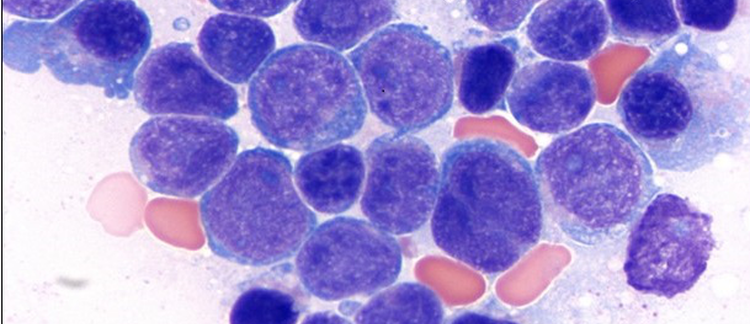Abstract
Acute myeloid leukemia (AML) and Myelodysplastic Syndrome (MDS) are a heterogeneous group of disorders that share a relatively common biology with higher incidence of morbidity and mortality. In clinical diagnostic laboratories, next-generation sequencing (NGS) has provided opportunities for hematologic patients with initial diagnosis, monitoring the disease progression, and recognition of the relapse. NGS has been used to identify a high degree of recurrent mutations and fusions in AML and MDS. Approximately half of AML and MDS patients had normal cytogenetic results. The recurrent mutations include but not limited to NPM1, FLT3, CEBPA, IDH1/2, TP53, RUNX1, DNMT3A, and ASXL1 in AML, and ASXL1, ETV6, EZH2, RUNX1, and TP53 in MDS. In this article, we have analyzed NGS data from 3867 patients. The results demonstrated the clinical utility of NGS in diagnosis, prognosis, and treatment of AML and MDS.
Keywords
Acute myeloid leukemia (AML), Myelodysplastic syndrome (MDS), Next-generation sequencing (NGS), mutation, fusion
How to Cite
Li, X., Liu, G., Gu, H. & Orton, J., (2021) “Clinical Utility of Next Generation Sequencing in Diagnosis, Prognosis and Treatment of Acute Myeloid Leukemia and Myelodysplastic Syndrome”, Hematopathology 6(1), 6-17.
487
Views
364
Downloads
